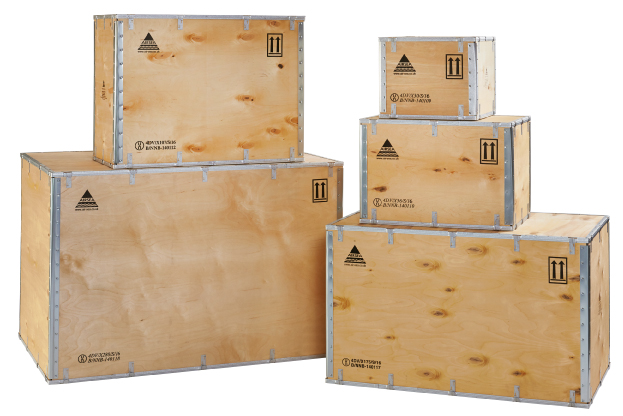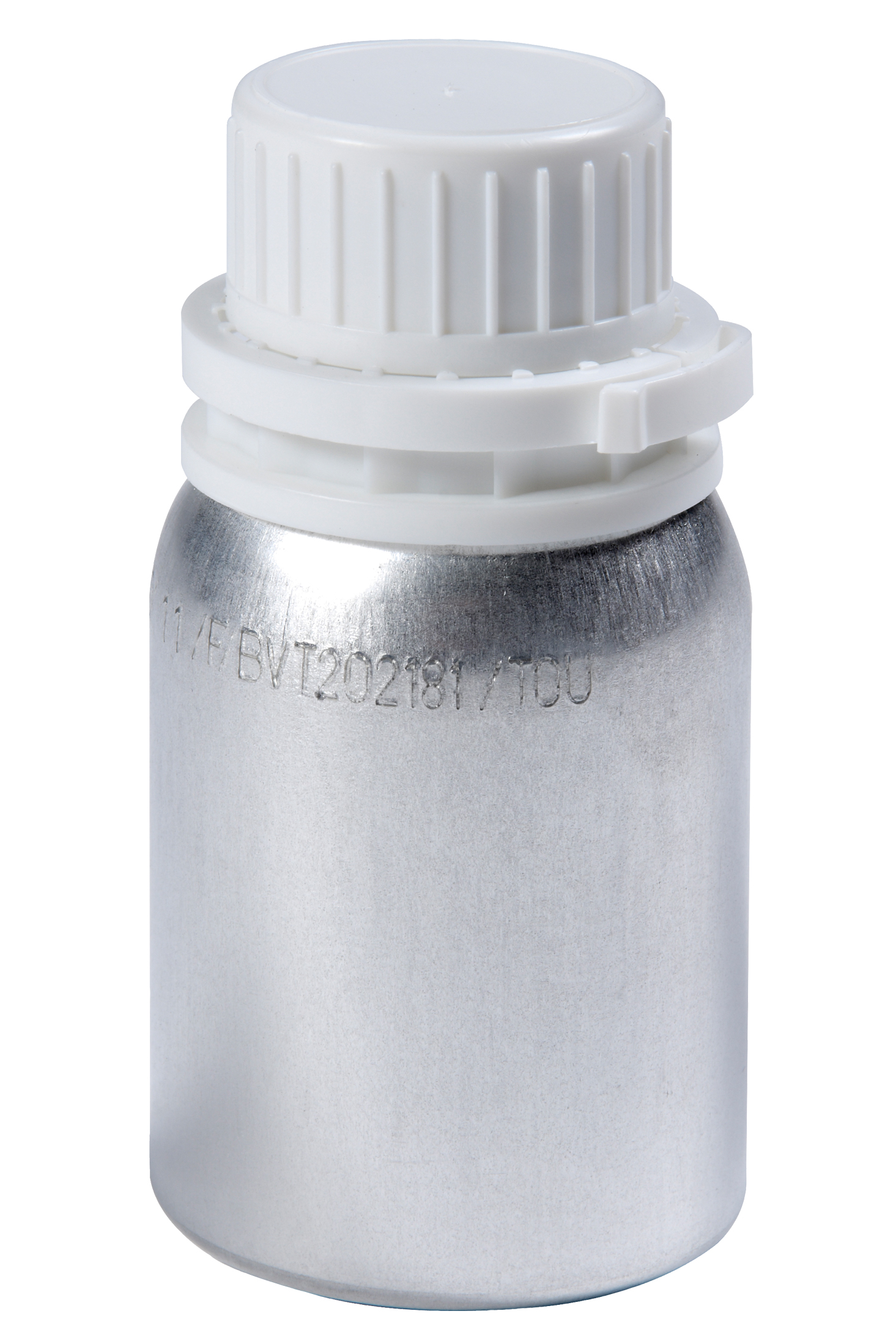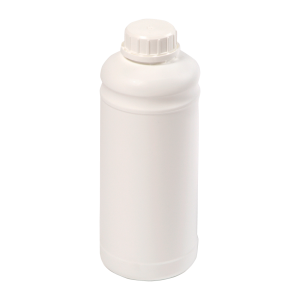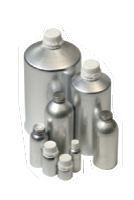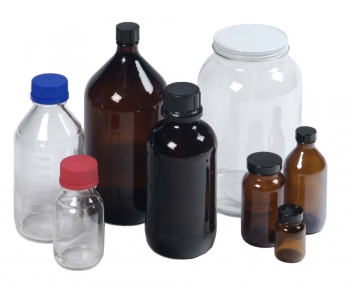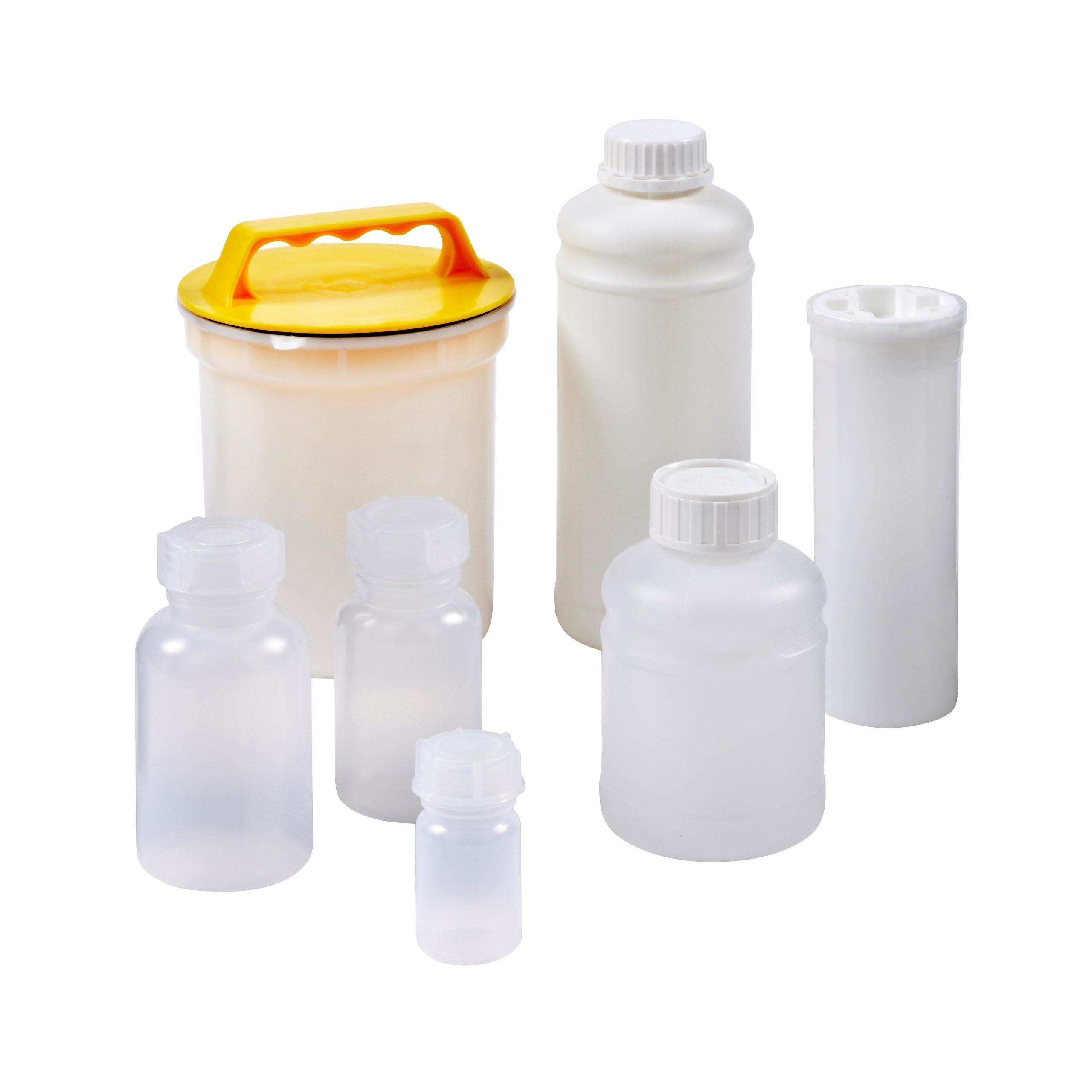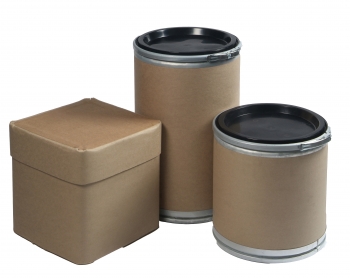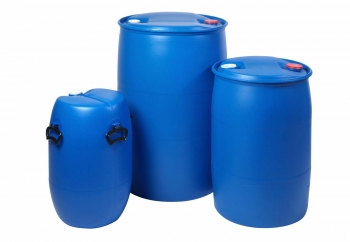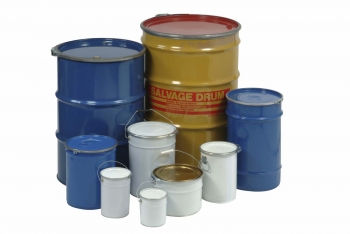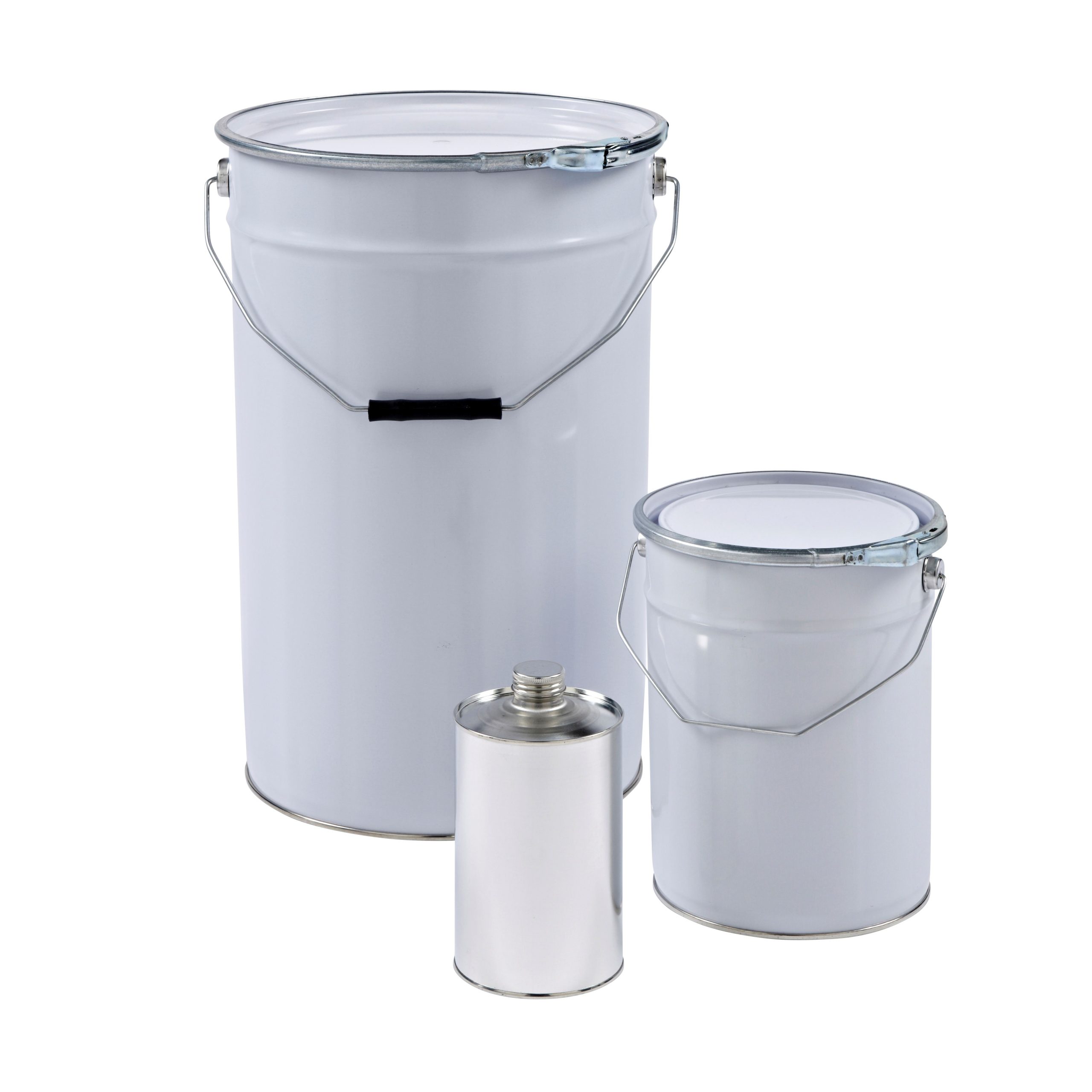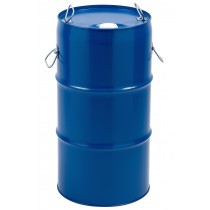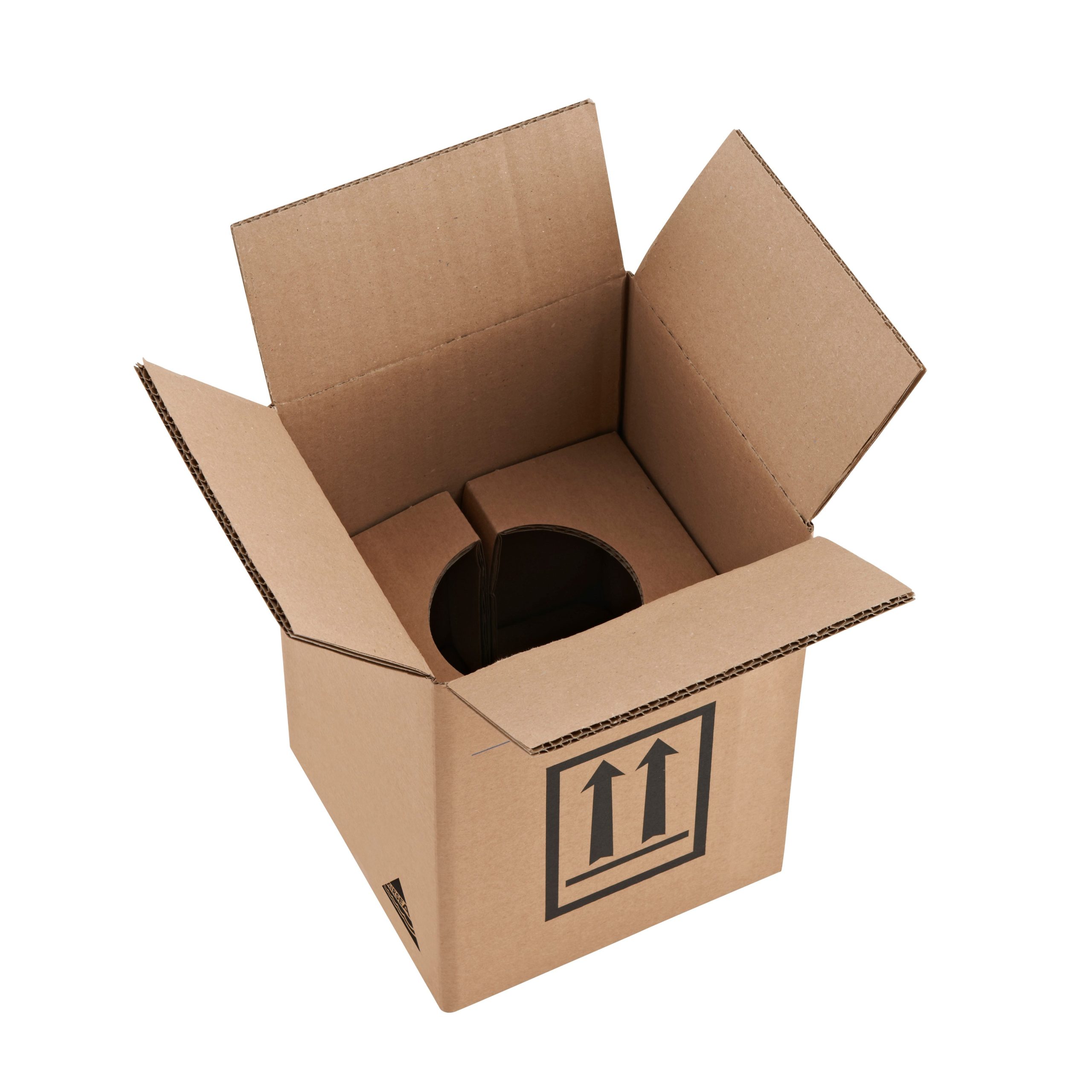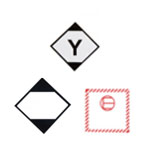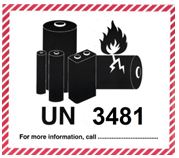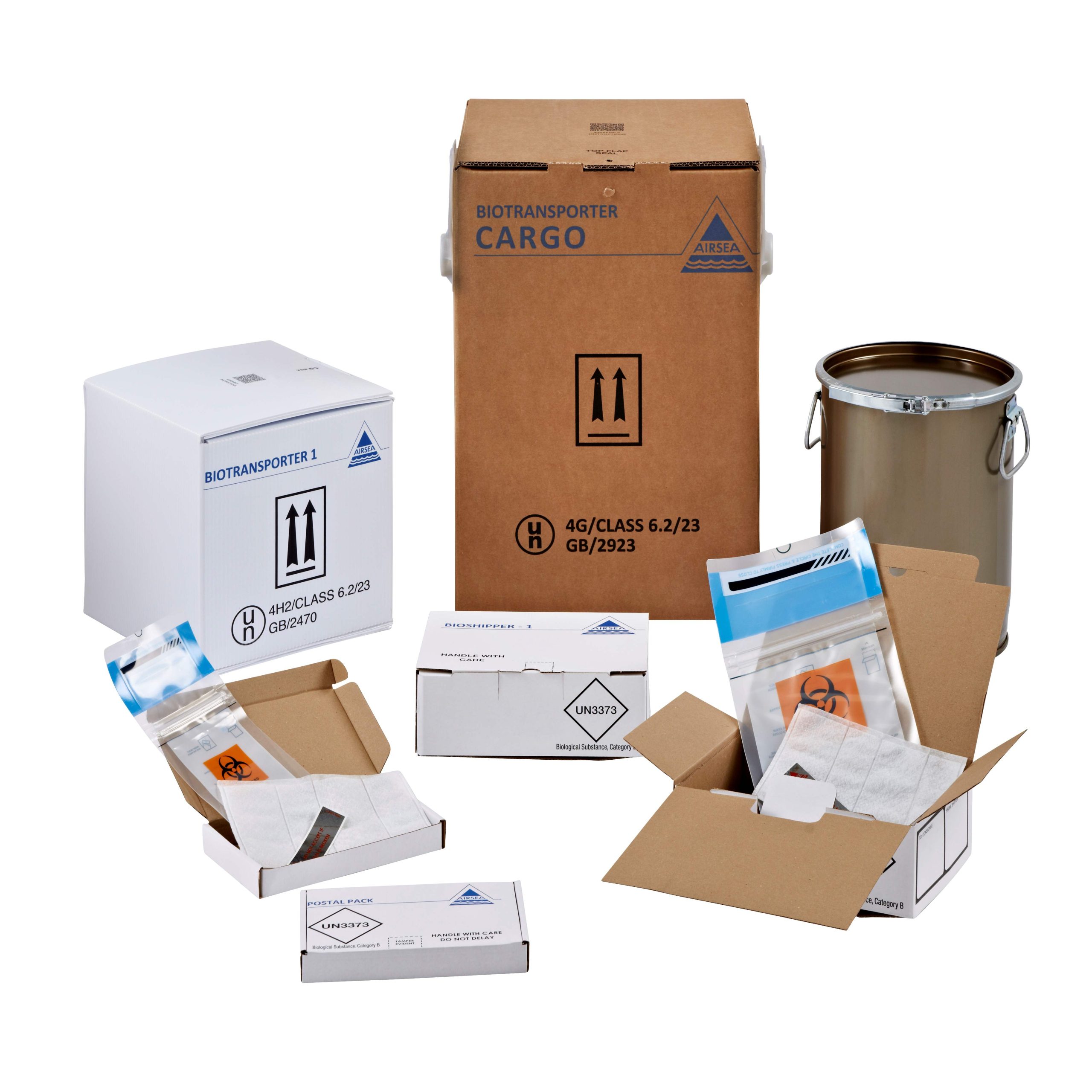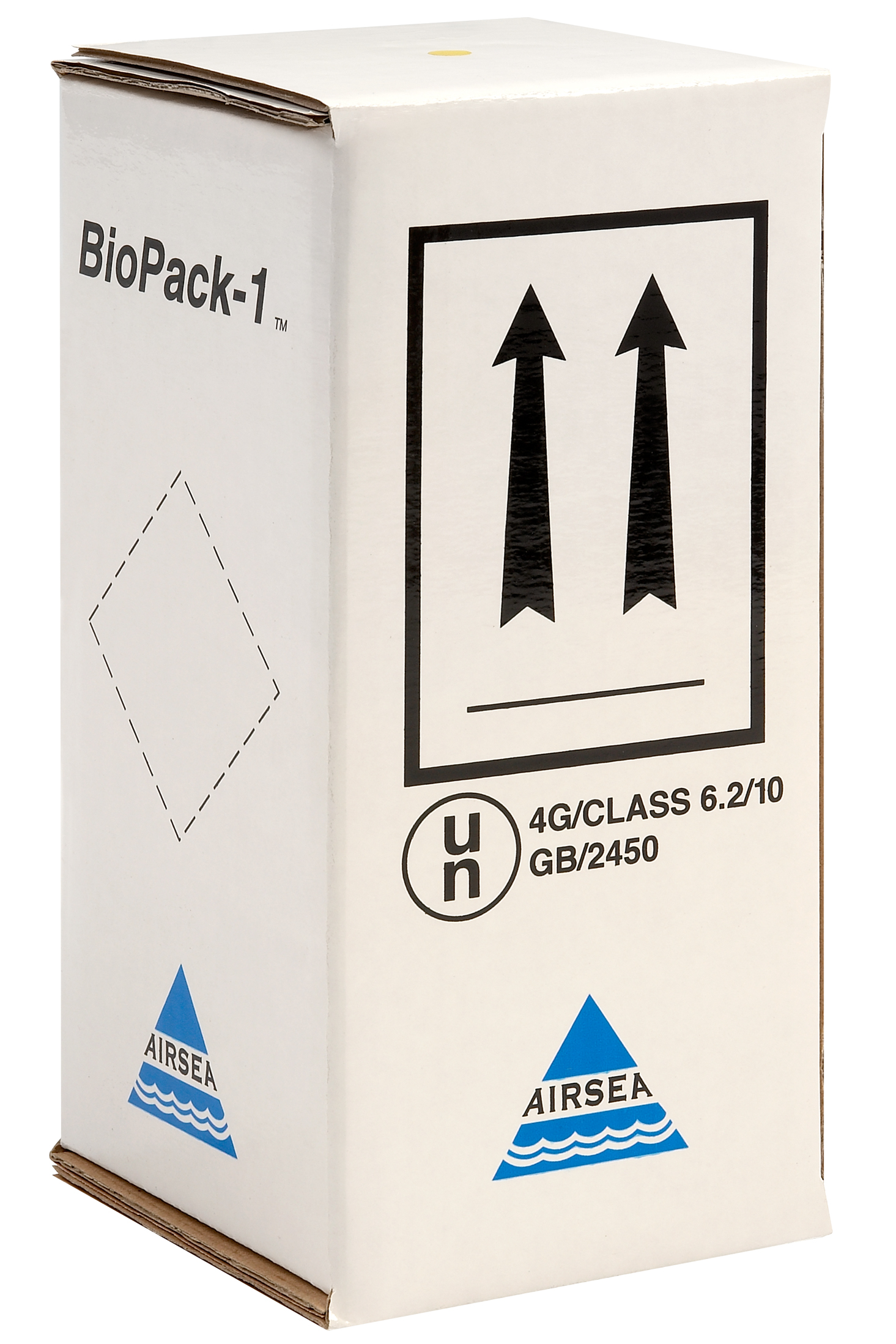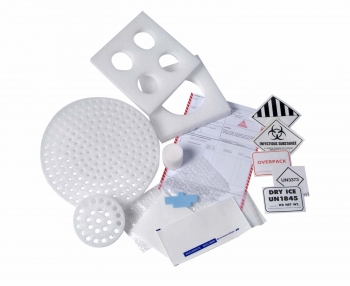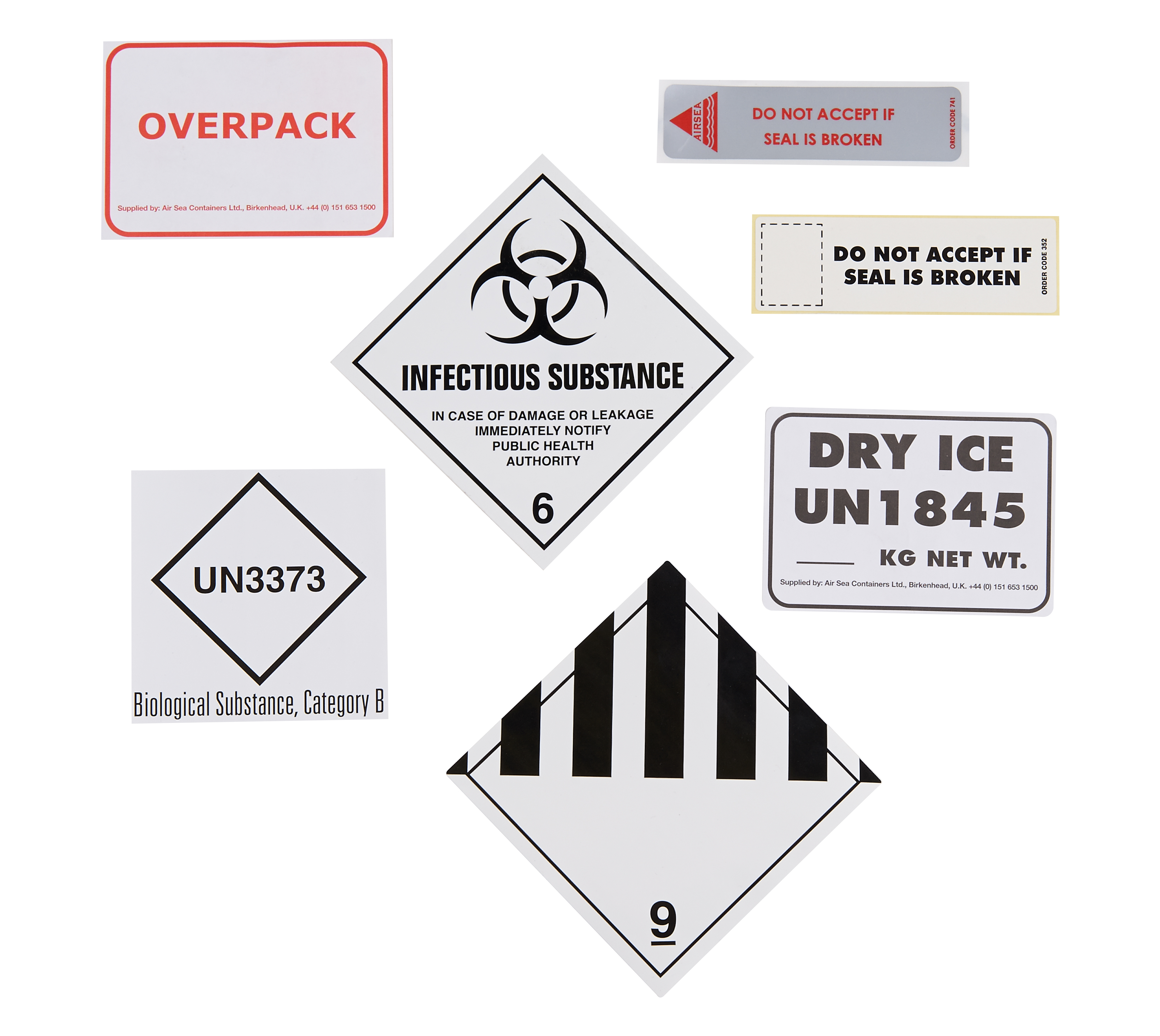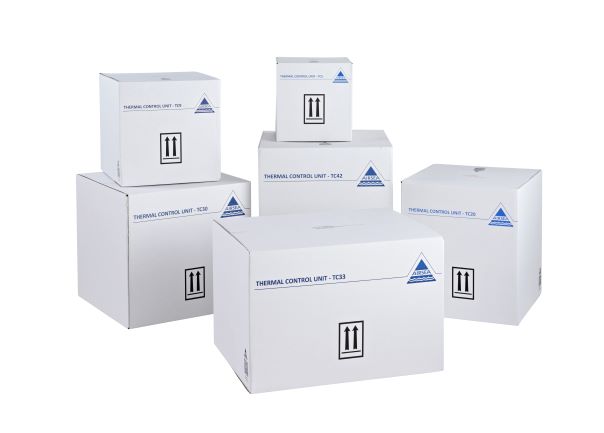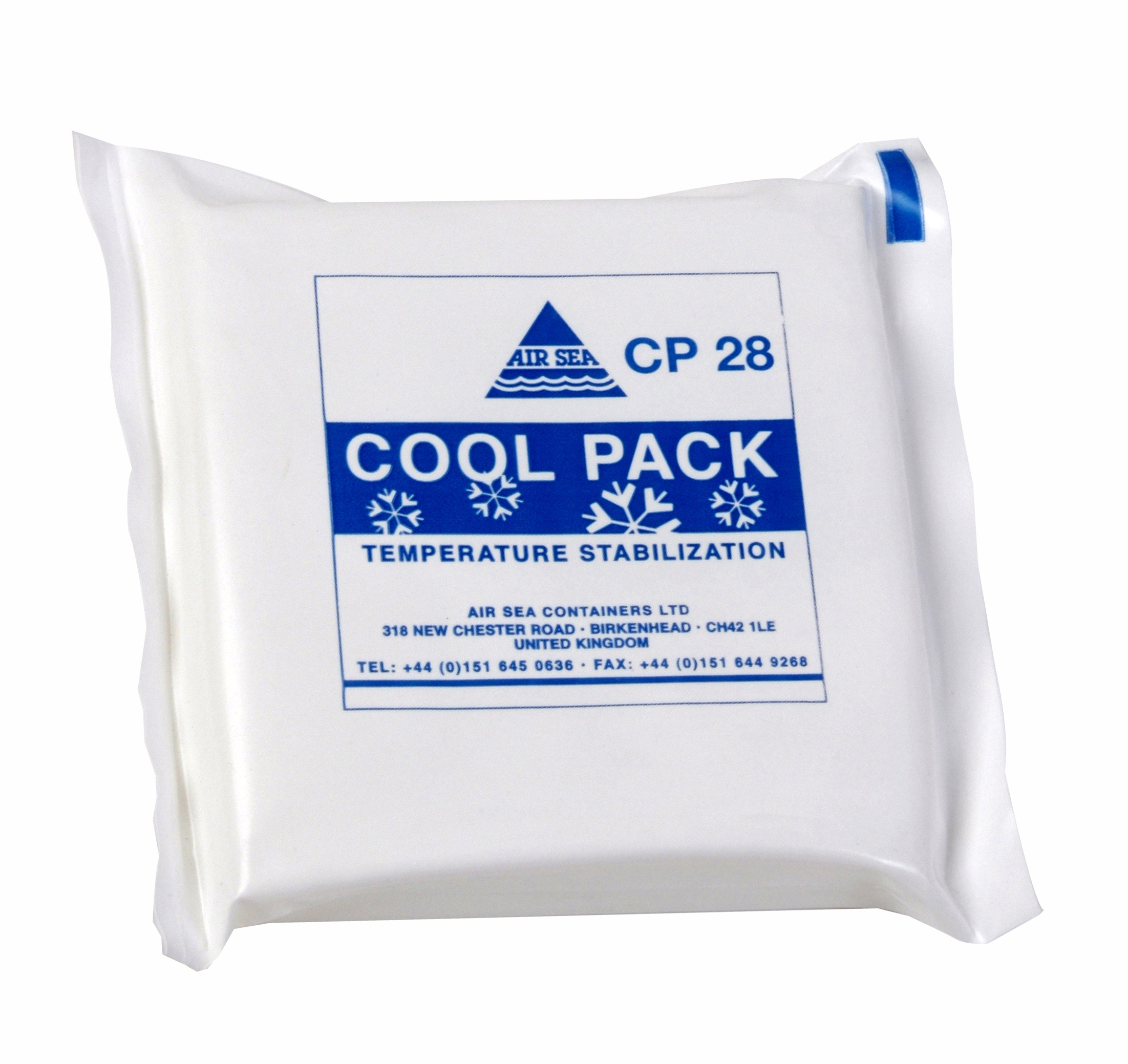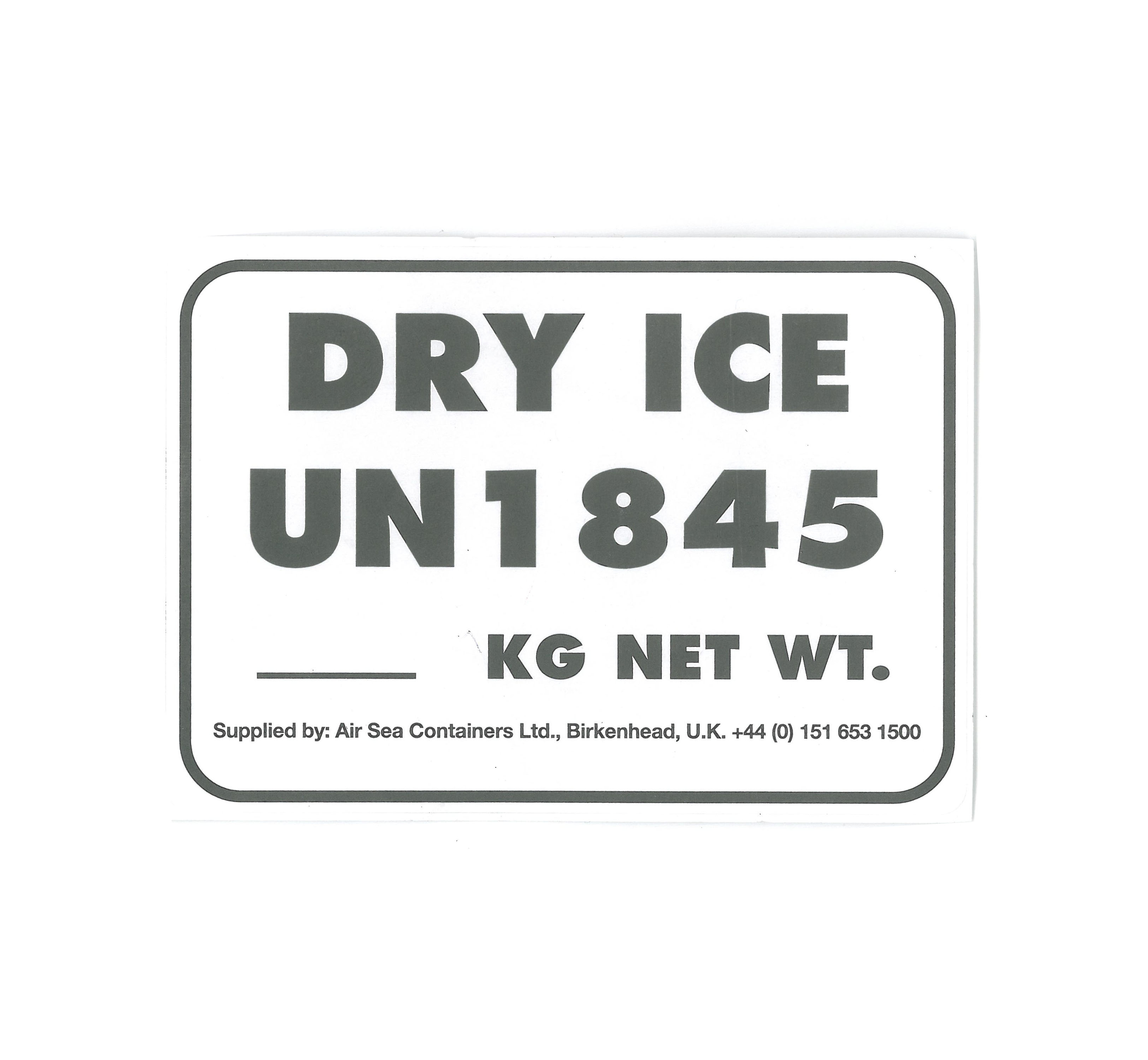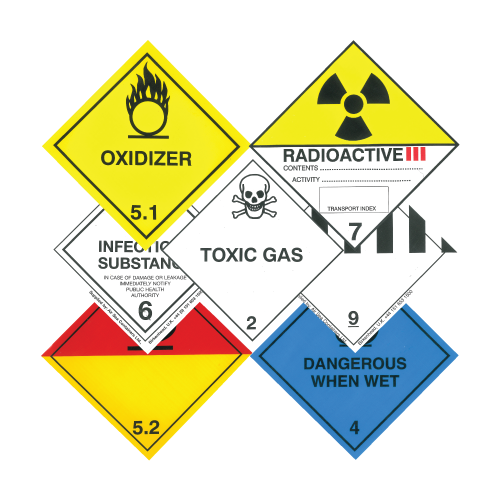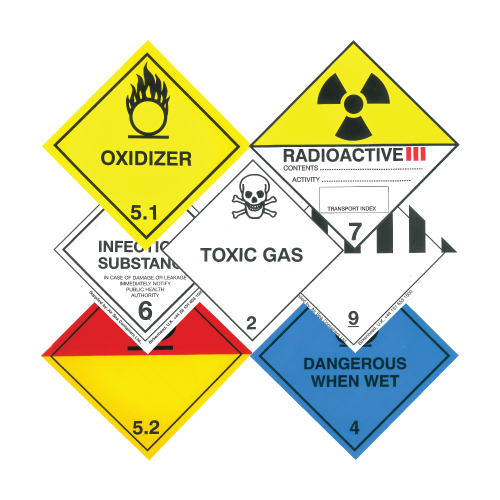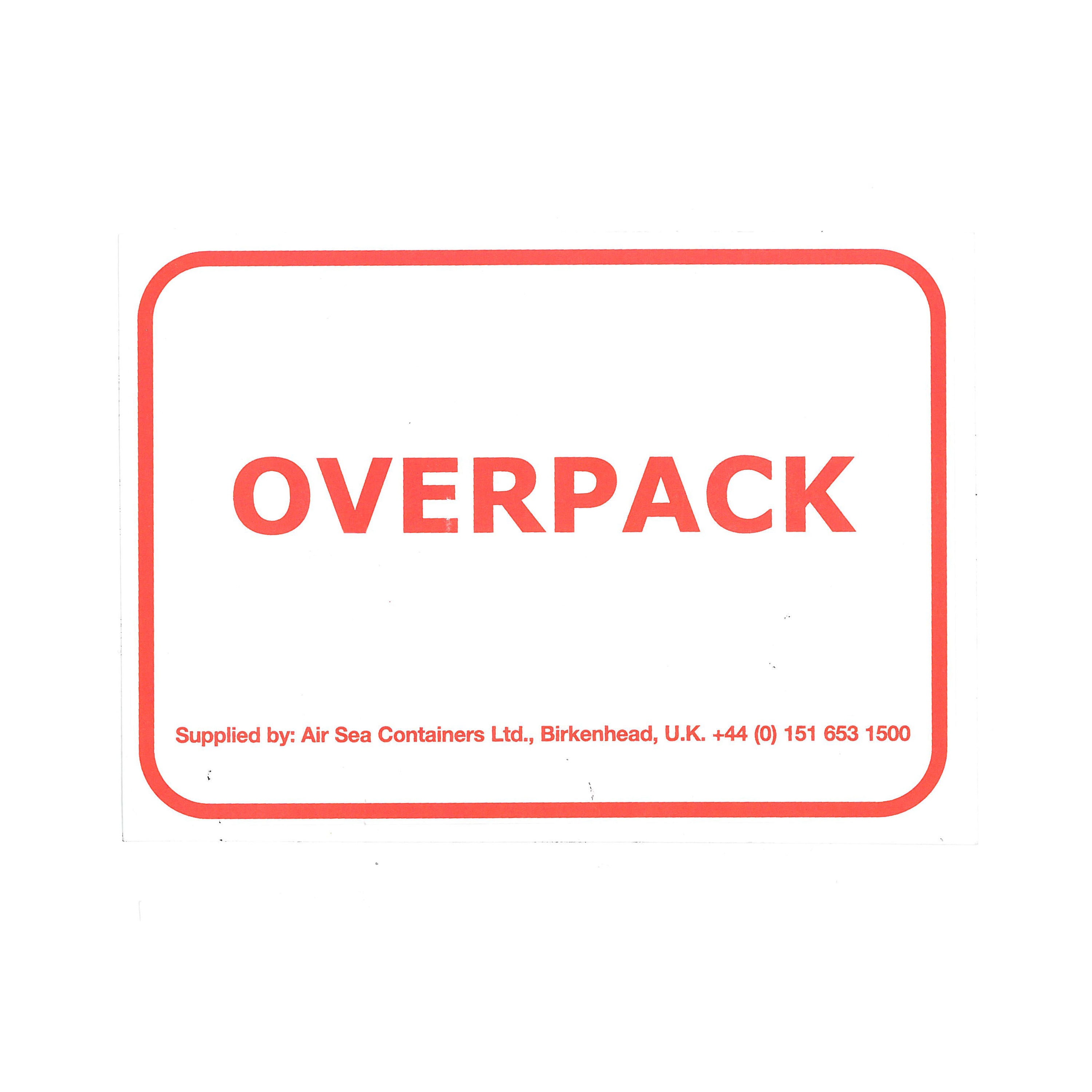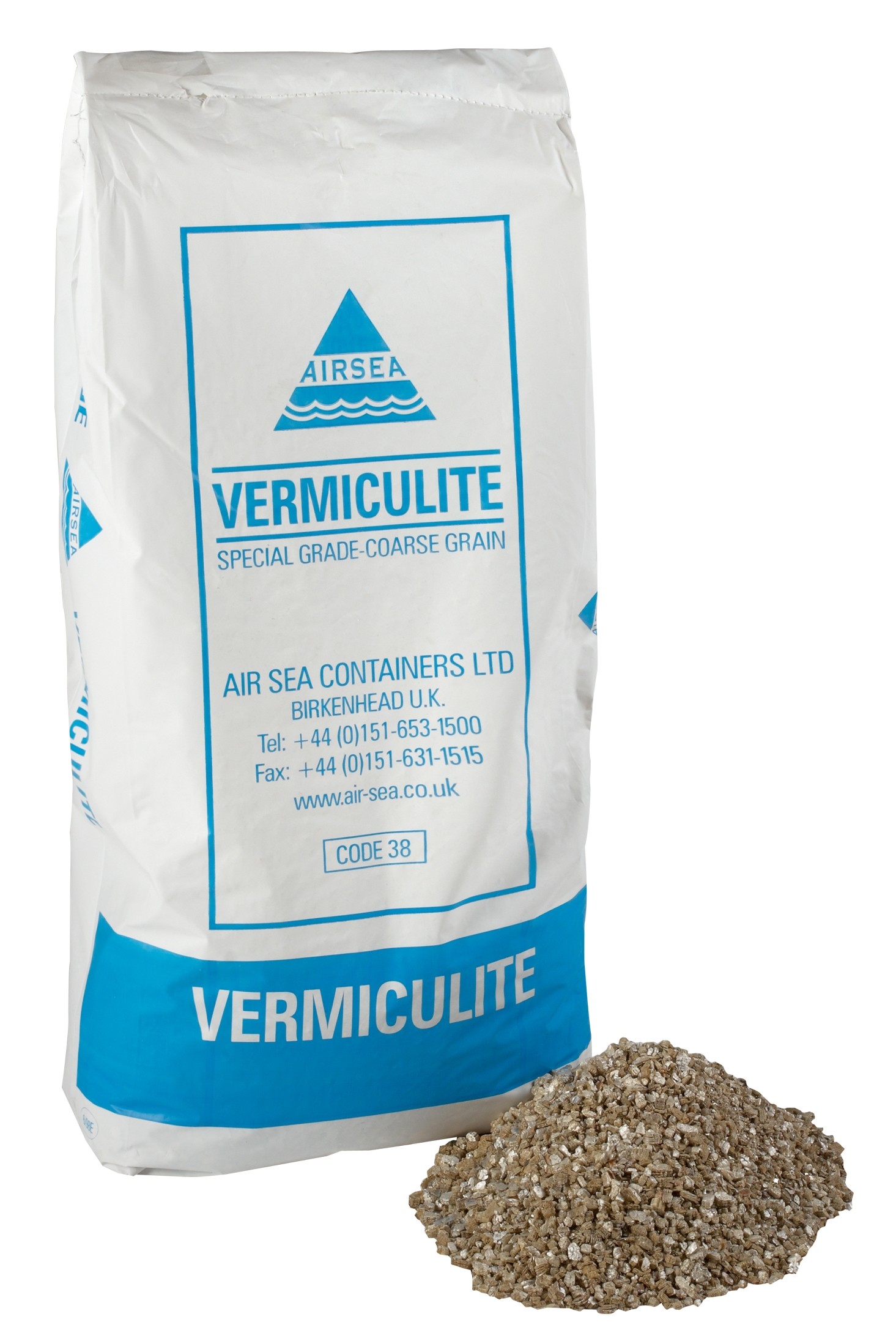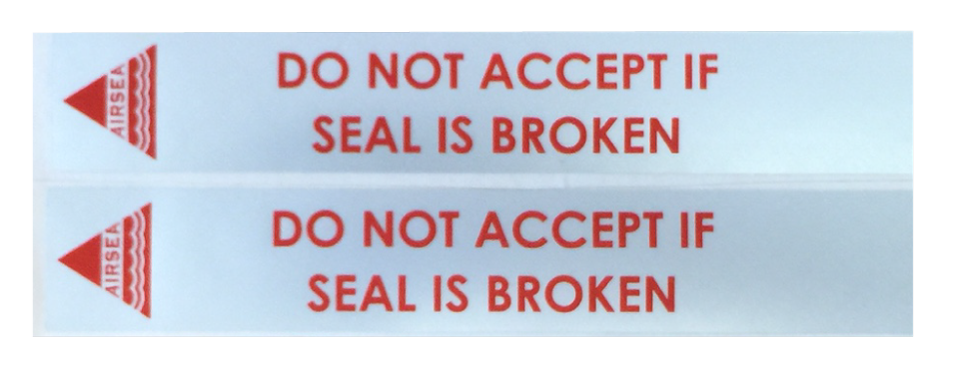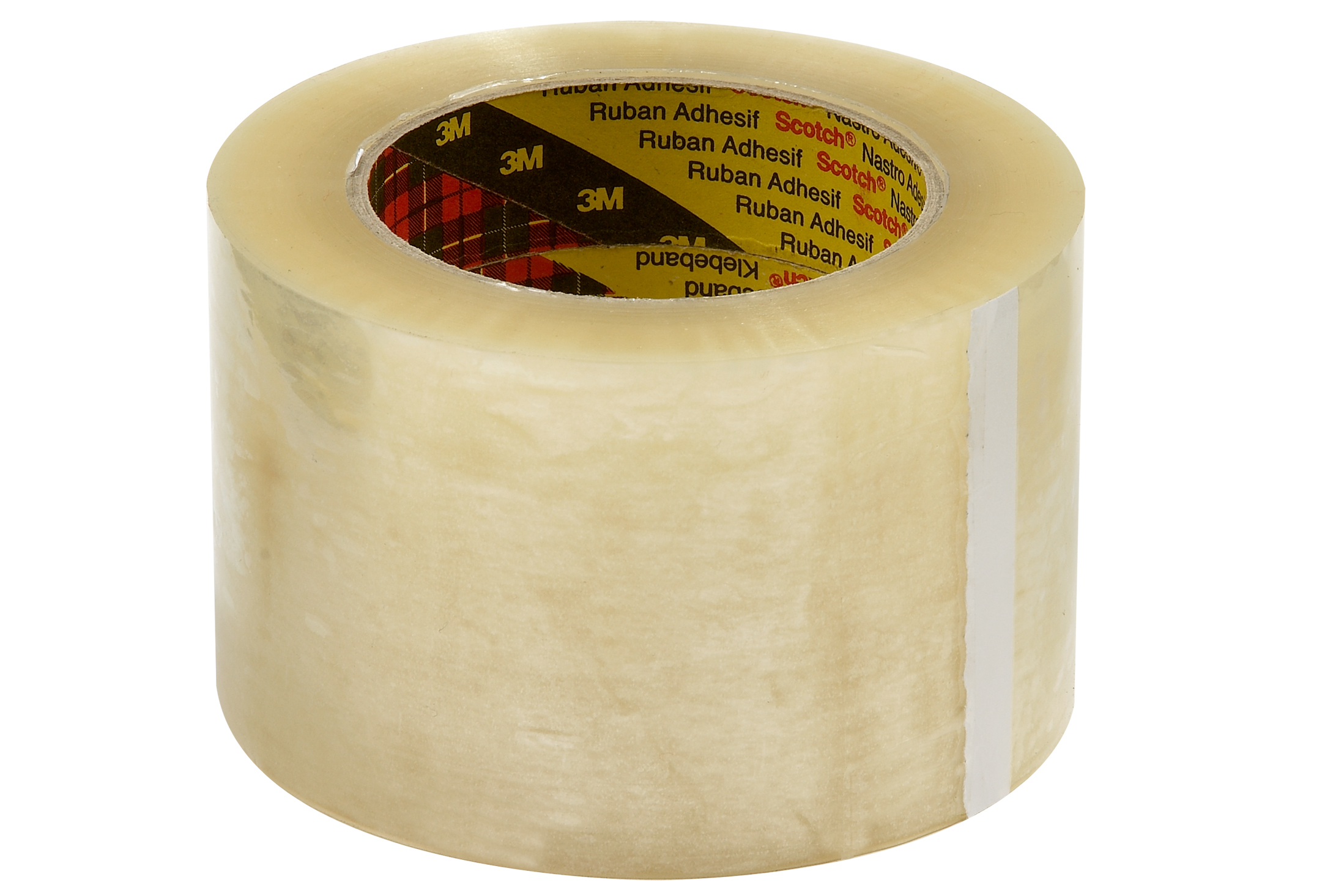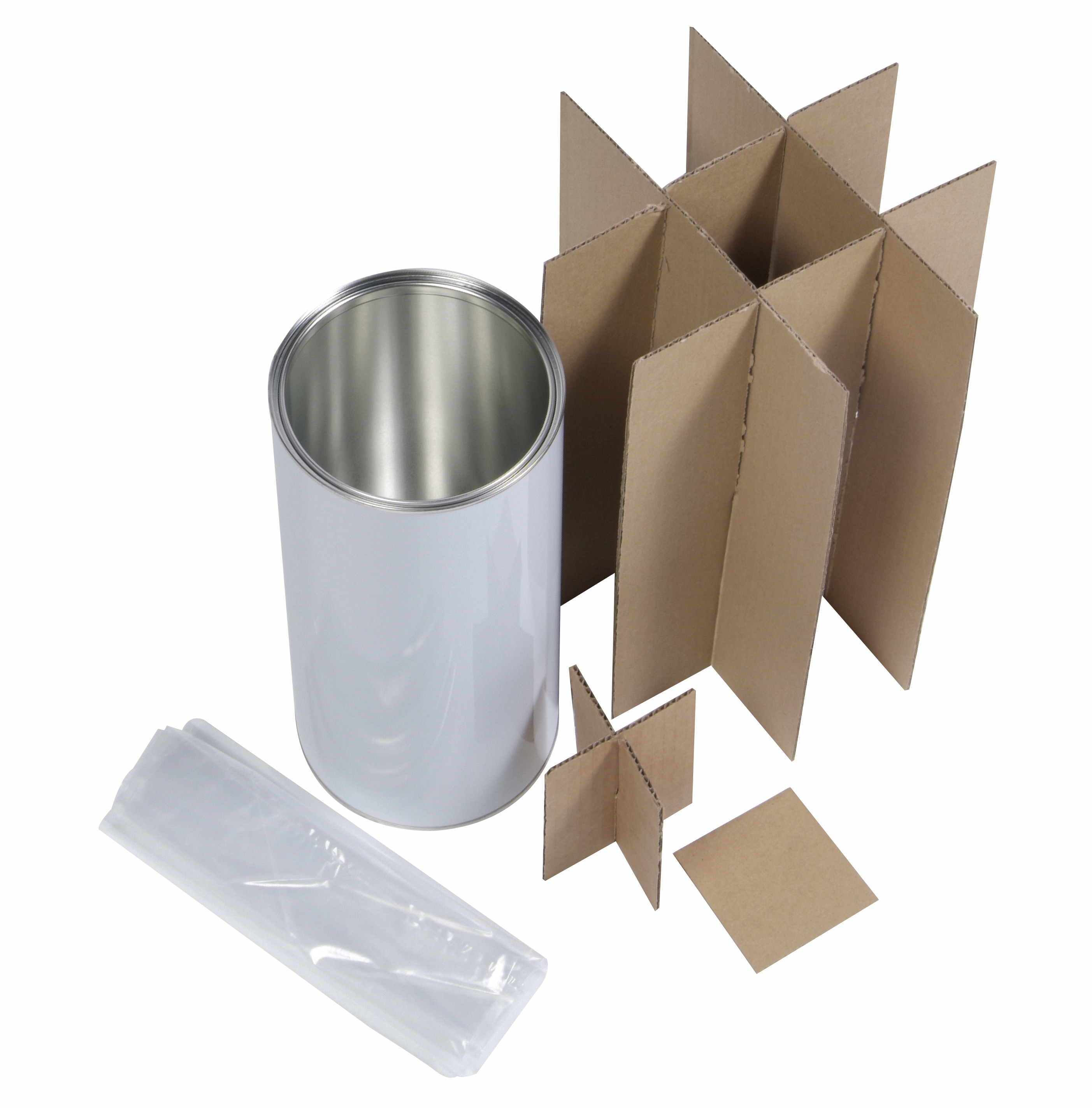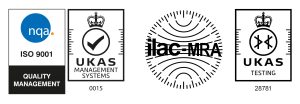UN combination packaging plays a critical role in the safe transport of dangerous goods. These packaging solutions are designed to withstand various stresses and conditions experienced during transit, ensuring that the contents remain secure and do not pose any risk to the environment or public.
To guarantee the effectiveness of UN combination packaging, performance tests are necessary. These performance tests are designed to ensure that the packaging can withstand normal conditions of transport. The severity of the tests is dependent on the intended contents, taking account of the degree of danger, i.e. packing group, relative density and hazard class, for example substances such as infectious substances, explosives or radioactive goods have distinct regulations to other hazard classes.
In this article, we delve into the typical performance tests required to gain UN approval for combination packaging.
- Drop Test:
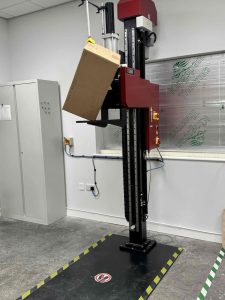
One of the primary concerns during transport is accidental drops or impacts. UN combination packaging undergoes drop tests to simulate real-world scenarios where packages may fall from a certain height. These tests assess the packaging’s ability to protect its contents from damage or leakage when subjected to impact forces. Drop tests are conducted using the test criteria specified by the relevant transport regulatory bodies such as the United Nations Dangerous Goods Transport Regulations.
Key Requirements:
Number of test samples:
5 samples are required (one for each drop test).
Drop Heights:
The drop height is determined by the packaging group and density of the material being transported (for liquids not exceeding RD 1.2):
- Packing Group I (high danger): 1.8 meters
- Packing Group II (medium danger): 1.2 meters
- Packing Group III (low danger): 0.8 meters
- Infectious substances: 9 meters
Drop Orientations:
- First drop: flat on the bottom
- Second drop: flat on the top
- Third drop: flat on the long side
- Fourth drop: flat on the short side
- Fifth drop: on a corner
Prior to testing:
Paper or fibreboard packaging must be conditioned for at least 24 hours in an atmosphere having a controlled temperature and relative humidity (r.h.). For combination packaging with plastic inner packaging, the temperature of the test sample and its contents must be reduced to -18°C or lower.
Pass Criteria:
The packaging must not exhibit any damage liable to affect safety during transport. Inner receptacles, inner packaging, or articles must remain completely within the outer packaging and there must be no leakage of the filling substance from the inner receptacle or inner packaging(s).
- Stack Test:

Stacking tests evaluate the structural integrity of UN combination packaging when other packages are stacked on the tested package. Stacking can exert significant pressure on the lower packaging, potentially leading to collapse or deformation. By subjecting the packaging to static load conditions, stack tests ensure that it can withstand the weight of other packages without compromising its integrity. Compliance with stacking requirements helps prevent incidents such as crushing or puncturing of inners and outer packaging during transit or storage.
Key Requirements:
Number of test samples:
3 test samples per design type.
Load:
The test sample must be subjected to a force applied to the top surface of the test sample equivalent to the total weight of identical packages. The minimum height of the stack including the test sample must be 3m.
Test Duration:
The duration of the test must be 24 hours.
Prior to testing:
Paper or fibreboard packaging’s must be conditioned for at least 24 hours in an atmosphere having a controlled temperature and relative humidity (r.h.). For combination packaging with plastic inner packaging, the temperature of the test sample and its contents must be reduced to -18°C or lower.
Pass Criteria:
The test sample must not leak. In combination packaging, there must be no leakage of the filling substance from the inner receptacle or inner packaging. No test sample must show any deterioration, which could adversely affect transport safety or any distortion liable to reduce its strength or cause instability in stacks of packages.
- Material Specification Checks

In the case of UN combination packaging, the outer, inners and fittings are all inspected, and their specifications are recorded to ensure that each production run uses the exact same materials and specifications to create the UN approved packaging. This is to ensure each packaging product is made to the exact specification which passed the UN Testing process resulting in UN approved packaging.
Typical specification checks include; material thickness, fluting, grammage, dimensions, closures.
UN Certification
Once the packaging successfully passes the required tests, the test report is sent to the VCA, checked and awarded a UN certification. The packaging is given an approval ID. Each UN approved package is printed with a UN mark which includes essential information about the package type, performance level, and manufacture date.
In the UK, the certification of each UN approved packaging type must be revalidated at least once every 5 years. The certificate holder is responsible for ensuring their packaging is sent for revalidation in good time. The process consists of the certificate holder sending a manufactured sample of the packaging to an official test station, specification checks may then be performed on the packaging against the original specification. End users should ensure that the packaging they are using is still valid for transportation and the approval certificate is up-to-date. It is worth noting that different states operate different periods of revalidation, in some cases every year.
Why gain UN approval?
UN approved combination packaging plays a vital role in safeguarding the transportation of dangerous goods, but its effectiveness depends on rigorous performance testing. Drop tests & stack tests are among the essential evaluations that ensure the reliability and compliance of packaging solutions, these tests verify its ability to withstand various stresses and maintain the safety and integrity of its contents. Adherence to performance testing standards is crucial for mitigating risks and ensuring regulatory compliance in the transportation of dangerous goods.
For more information about UN approval testing get in touch using the contact form and our testing experts will be happy to help.
 UK
UK



